Today’s post marks the start of my series on allergy friendly baking substitutions. I decided to start with milk because out of all the allergens we avoid, this is the one we have been steering clear of for the longest amount of time.
When we first received my son’s milk allergy diagnosis, we felt completely overwhelmed, despite being told that he would likely outgrow it (sidenote: he didn’t). Before the initial diagnosis, the concept of food allergies was the last thing on our minds. I’m not sure if we even knew anyone with food allergies at that time.
Post diagnosis, I found myself scouring the Web for information. I read article after article about what I could use instead of dairy when baking, but nothing about what to use when. I read about things like vegan butter and dairy free cheeses, but I soon learned that there wasn’t anywhere I could buy products like that in rural Ohio (I had to drive well over an hour to find a store that would cater to special diets). Luckily, in recent years, our local grocery stores have started to carry a number of allergy friendly brands and products, but in the interim, figuring out what to use where was often very difficult.
Over the years I have learned A LOT when it comes to baking and cooking dairy free. Most of what I know is the product of years of experimentation in the kitchen. I have come a long way, both in terms of skill and confidence when it comes to dairy free cooking. Despite this, I still remember clearly how it felt when I first embarked on this journey. I remember the often painful concern that my child would never be able to enjoy a birthday cake, a candybar, or our cherished family recipes. As an adult, I had fond memories of my mom’s from scratch chicken and dumplings and infamous macaroni and cheese, and it broke my heart to think my child may never taste these. It pained me to think that he would never taste my six strand braided bread that had won a number of ribbons at the county fair and had elicited countless words of praise from the loyal patrons of my farmer’s market stand. He wouldn’t taste my prized peaches and cream pie, or my homemade blueberry muffins. I could go on and on, but you get the point. If you’re reading this, there is good chance you know the exact feeling I’m talking about.
I’m here to say, that while there may be some things you feel you are missing out on, you needn’t worry. With a little creativity, and a smidgen of ingenuity, many of our favorite foods can easily be made dairy free.
In the sections below, you will find descriptions of a number of ingredients and methods that can be used to substitute for milk in recipes. I will include notes on which options are my favorite (and which are not), examples of when I use particular products, and anything else I think you should know.
Alright, let’s get started!
*Note: All of the following substitutions are at a 1:1 ratio (meaning you need to replace the milk ingredient with equal parts of the substitute), unless otherwise noted.
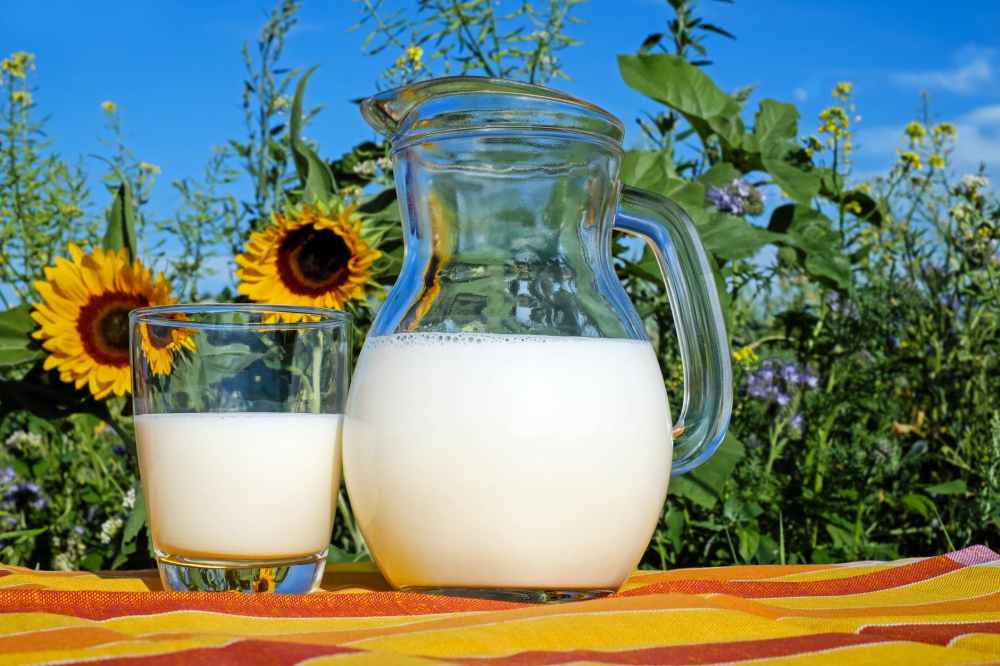
Substituting for Milk in recipes:
Of all of the things you may need to swap out in a recipe, straight milk is probably the easiest to replace. There are so many non-dairy milk options, many of which are readily available in a number of forms. Each has it own unique taste and consistency, so I recommend familiarizing yourself with a variety of non-dairy milk options, and using different milks for different occasions.
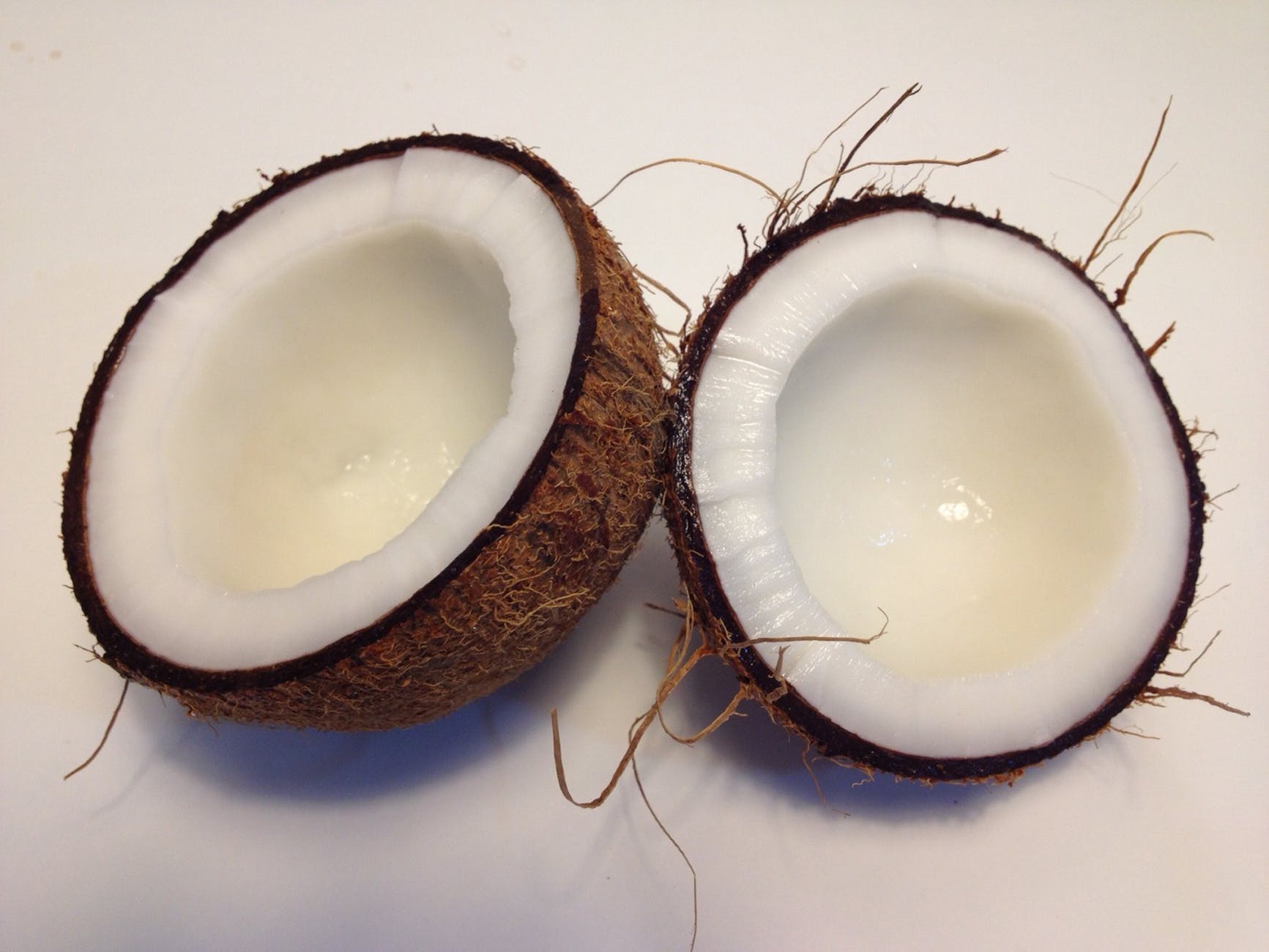
- Coconut milk: Out of all of the non-dairy milks, this is probably my favorite, and consequently the one I use most often. It comes in a number of forms and varieties, including refrigerated, canned, and shelf stable
. You may buy it sweetened, unsweetened, or lightly sweetened. Canned coconut milk comes in lite (low fat) or full fat varieties (these contain a higher percentage of coconut cream). I have also found that some varieties have a strong coconut flavor (such as Simple Truth Organic), while others have little to no coconut flavor (such as Silk Unsweetened Coconut Milk). I prefer to use full fat canned coconut milk
in soups, sauces, and curries, and unsweetened refrigerated coconut milk for baking. You may use sweetened coconut milk for baking as well, but depending on what you are making, you may want to decrease the amount of sugar or sweetener that you are using, to prevent the final product from being overly sweet. I do not recommend using sweetened coconut milk when cooking savory items, as the result can end up way too sweet. Coconut milk (in any form) can make an excellent addition to beverages, such as smoothies, lattes, and mixed drinks, due to its creaminess and natural sweetness. I personally like coconut milk in my coffee (I even prefer it over coconut milk creamer), but this is of course a personal preference.
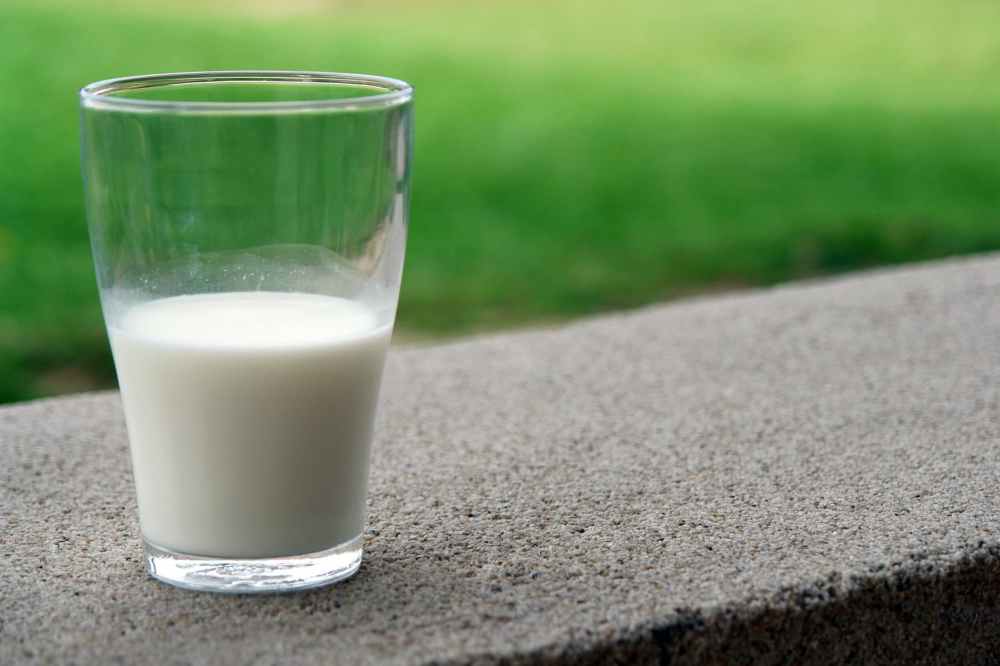
- Soymilk: Before I started using coconut milk, Soy milk was my go to non-dairy milk. It is my favorite for chocolate milk (the store bought chocolate soymilk
is tasty as well), and it is my children’s favorite for drinking plain. It is wonderful to bake with, as it is sweet, creamy, and does not impart strong flavor when baked. Soymilk does, however, have a distinct, sometimes strong flavor when consumed by itself. Some people love the taste of it, some hate it. Personally, I do not care for the taste of it by itself, but as I mentioned, my children really enjoy the way it tastes, and they drink it regularly. As I previously mentioned soy milk makes an excellent baking substitution, but even if you love the taste of it, I do not recommend using it in savory items (such as soups, gravies, and sauces), as it’s sweetness and taste can be overpowering (and in certain contexts, offputting). Like coconut milk, Soy milk can be purchased in both refrigerated and shelf stable cartons. One of the best things about it, is its degree of availability. Even in a small town like ours, you can easily find soymilk
.
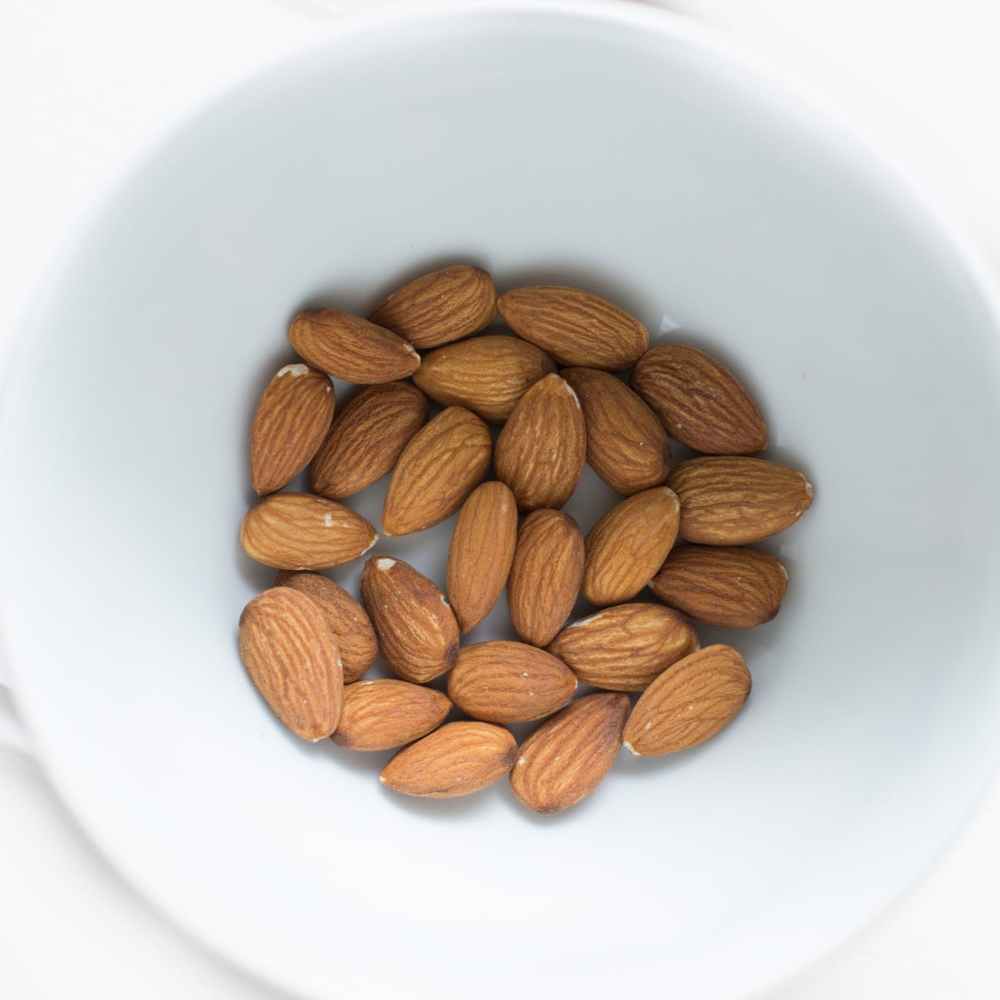
- Nut Milks (such as almond, or Cashew
): If consuming nuts is an option for you, nut milks are an excellent substitution for Dairy milk. Many people find both the taste and consistency to be pleasing. They are becoming more easily available all the time, and they make good substitutions for both sweet and savory items. They can, however, be expensive compared to other non-dairy milk options.

- Rice Milk
and Oat based milks: While I don’t personally use these often, they can be a great option, particularly if you have allergies to soy, coconut, and/or nuts. Compared to other milks, they can be more watery in both taste and consistency, and that is the main reason I do not use them often (I prefer something with more body and flavor). These can also be more difficult to find. Many people do opt to make their own milk from pureed rice or oats. If you decide to make your own, these could be very practical options, both in terms of affordability, and versatility. If any of you make your own rice or oat milk, I would love to hear about your experience in the comment section!
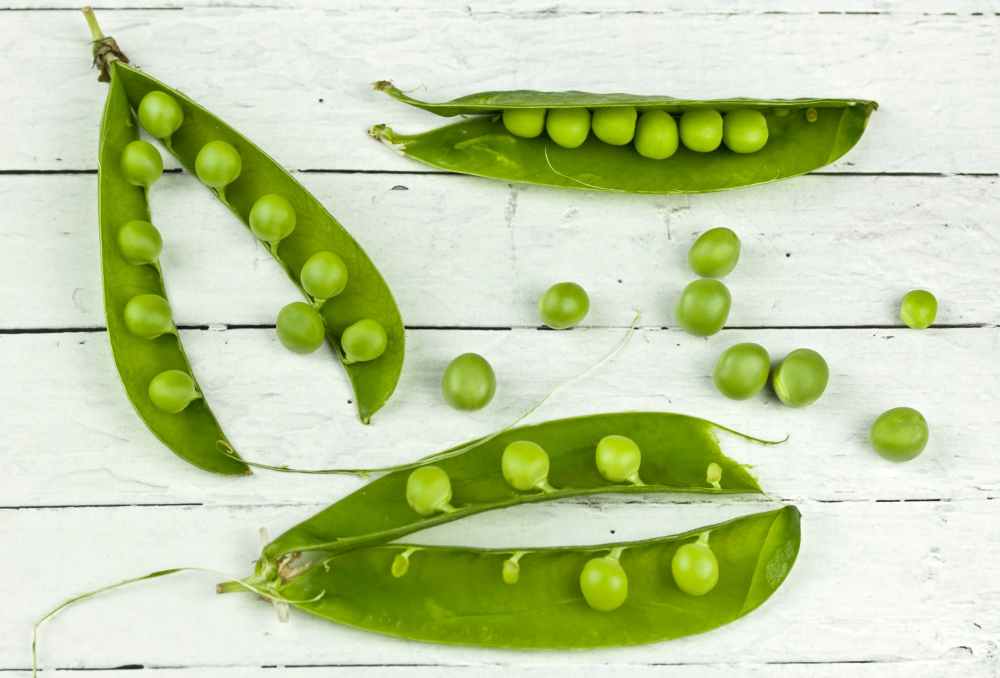
- Pea Based Milks: I have tried pea based dairy free milk in the past, and really liked it! Similar to soy milk, it is very sweet and creamy, but I found the taste to be milder than soy. It is also packed with protein–an added bonus! Unfortunately, it is hard to come by where I live, and the brand I used to purchase on occasion sometimes manufactures on shared equipment with dairy, so this is not an option I am currently using. I would love to find another safe for us pea based milk, though! if you know of one, please don’t hesitate to share 🙂

- Water: Water is frequently touted as an excellent dairy alternative elsewhere in cyberspace, so I feel compelled to at least mention it. I do not sub water for milk, except as a last resort. If you are completely out of nondairy milk, and need something in a pinch, water may work. If you are unable to tolerate any other non-dairy milk, you can try using water in place of milk. If however, you are able to use any of the above options, please try those first. If you are making something savory and wish to use water instead of milk, I suggest combining it with an allergen friendly bouillon base for optimal results.
*Substitutions that I absolutely DO NOT recommend for individuals with Milk allergies are as follows:
- Goats milk (or any other animal milk, such as camel, sheep, buffalo, etc): I have lost count of how many times people have told us over the years that we should be giving my milk allergic child goat’s milk. If you or your child has a milk allergy, there is a good chance that you have heard this suggestion as well. While I am sure that the folks mentioning this are well meaning in their intentions, acting on this suggestion could be very dangerous. Allergic reactions are our bodies responses to specific proteins in food. The protein structure and content of other mammalian milks is very similar to that of cow milk–so similar in fact that approximately 90% of people with cow milk allergies will be unable to tolerate other animal milks. For this reason, if you (or your child) has been diagnosed with a milk allergy, please do not consume (or give your child) any animal milk without first consulting a board certified allergist.
- Lactose Free Milk (such as Lactaid): There is a big difference between lactose intolerance and a milk allergy, in terms of causes, manifestation, and symptoms. As I mentioned above, a milk allergy is a reaction to milk proteins. Lactose free milk does not contain lactose, but it does still contain milk proteins. Due to this, it may be safely consumed by people with lactose intolerance but not those with milk allergies.
-

Now that you know a little more about non-dairy milks, here are a few non-dairy milk brands that I personally recommend (in no particular order):
*NOTE: Please check (and double check) any and all labels before you consume a new product if you (or your child) has a food allergy, and if necessary call the relevant manufacturer to confirm that the product is safe for you (or your child) to consume. Please consult your (or your child’s) Dr. before making any dietary changes. While I hope that all of you reading this will find the information I have supplied above to be helpful, this information is not intended to in any way replace, or supersede, the care and advice of your allergist, nutritionist, dietician, or other medical professional.
That’s all for now! Thank you for reading, and please tune in for my next post, which will cover dairy-free substitutions for cream/heavy whipping cream, butter/margarine, yogurt, buttermilk, and cheese!



Thank you for following my blog. I look forward to reading yours.
LikeLiked by 1 person
Thank you! I look forward to reading yours as well. 🙂
LikeLike
I make my own cashew milk and I really love it! This is a great reference for someone needing to learn about what to subtitute.
LikeLiked by 1 person
Thank you! 🙂
Also, I think it is awesome that you make your own cashew milk! I haven’t tried making my own yet, but it is something I have wanted to try. I have seen a few cashew milk recipes where raw cashews are soaked overnight, and then pureed with water. Is this the same method you use?
LikeLike
Great post, never heard of pea based milk – its amazing what they can make milk from. I like using coconut or rice milk 🙂
LikeLiked by 1 person
It is amazing indeed! I chose to discuss the more popular dairy free milk options in this post, with emphasis on the ones I use most often, but this list is hardly all inclusive. For example, hemp, flax, and sunflower milks are also potential non-dairy milk options.
I actually love the variety of milks that dairy free baking offers. Before our family went dairy free, I had no idea there were so many non-dairy milk options available! 😊
LikeLike